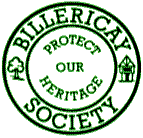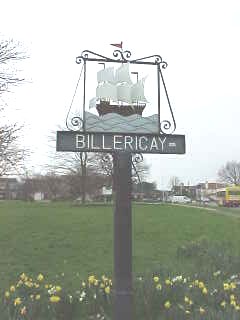Old
Dwellings and Roads.
The Society gets many
enquiries regarding old dwellings and or roads.
We do not have access to old maps etc. so are not really in a position
to answer these.
However you are likely to get information from the
Essex Records Office,
Wharf Road,
Chelmsford,
Essex CM2 6YT
Telephone: 01245 430 067 or
e-mail direct to ero.enquiry@essexcc.gov.uk
and their web site is
http://www.essexrecordoffice.co.uk - good luck!
|
The Billericay Society keeps a watchful eye on the 49 Listed Buildings as of
historic or architectural interest.
Here are just a few….
|
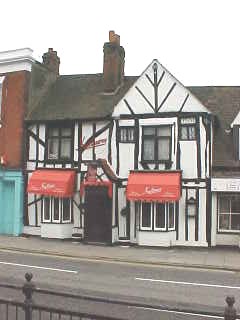 |
This is the Chantry, built in 1510 - originally a16C hall house but now
considerably altered. There is original exposed timber framing to the front
elevation. Now a restaurant. Christopher Martin of the “Mayflower” is said
to have lived here. |
|
Church of St. Mary Magdalen. A late 15C red brick west tower with set buttresses
to half the height of the tower. Corner fins above rise to polygonal pinnacles
and a stepped parapet carries on a trefoil arched perpendicular brick tracery.
The west ends of the aisles are late19C built in the same style as the tower.
The church has a segmental apse on the north and east sides and the interior has
balconies on three sides, supported on slender cast iron columns. It was once
St. John’s Chapel belonging to Great Burstead, which belonged to the Abbey of
Stratford. |
 |
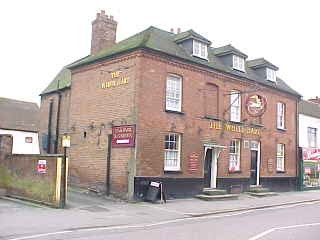 |
The “White Hart” public house – a 19C building. |
A 17C timber-framed and plastered house originally, now a baker’s shop. The
upper storey was originally jettied on the front and overhung the pavement.
|
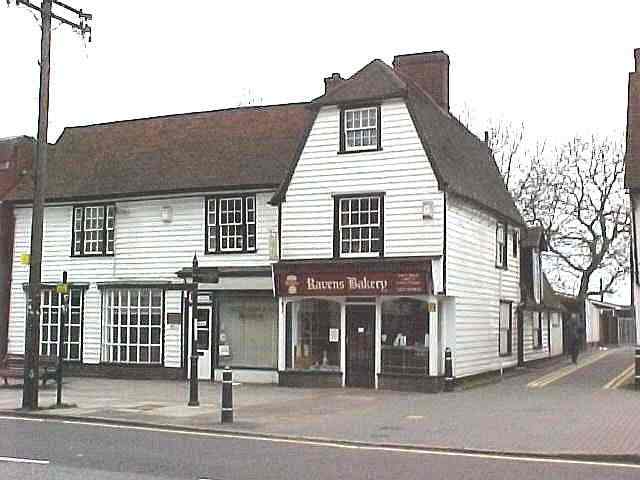 |
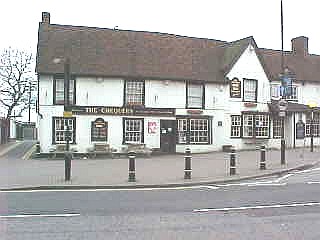 |
“The Chequers” public house was originally a single 16C timber-framed and
plastered house with cross wings and a central hall. |
|
An 18C timber-framed and plastered house, although it is thought that the
original 16C house was incorporated in the design. It is now a jewellers shop. |
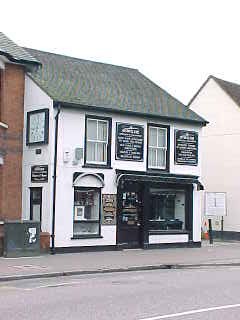 |
|
A few general views:
|
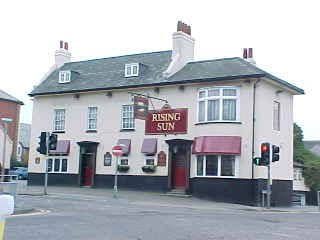 |
An 18C public house “The Rising Sun” at Sun Corner. There was thought to be
a coaching inn here in the early 19C when coaches ran daily through the
crossroads to London and Southend. |
|
A general view of the entrance to Chapel Street in the centre of the High
Street. “The Chequers” public house may be seen on the left together with 3,
5, 7 & 9 Chapel Street, which are 16C listed properties. |
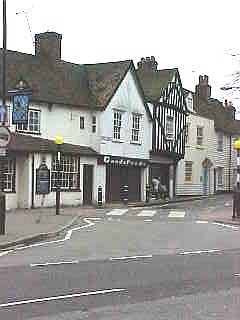 |
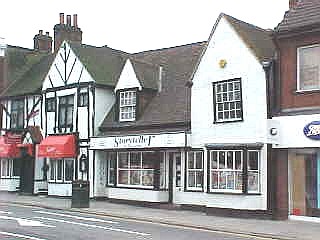 |
Part of the High Street including The Chantry. |
A public house - which
is not a listed building - “The Blue Boar”, has replaced the old
Co-op.
A Beer House of the same name stood close by several centuries ago. |
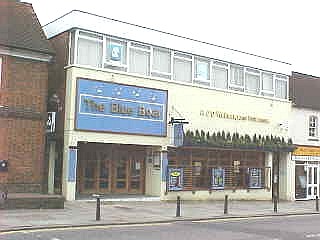 |
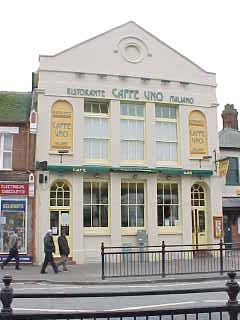 |
Before becoming a restaurant, this 1835 building was always referred to as “The
Old Town Hall” although it never actually was. It was a school, a police
station, a magistrates’ court, a registrar’s office and council chamber for
Billericay Urban District Council. The Society has tried on three separate
occasions to obtain listing mainly on historic grounds.
|
